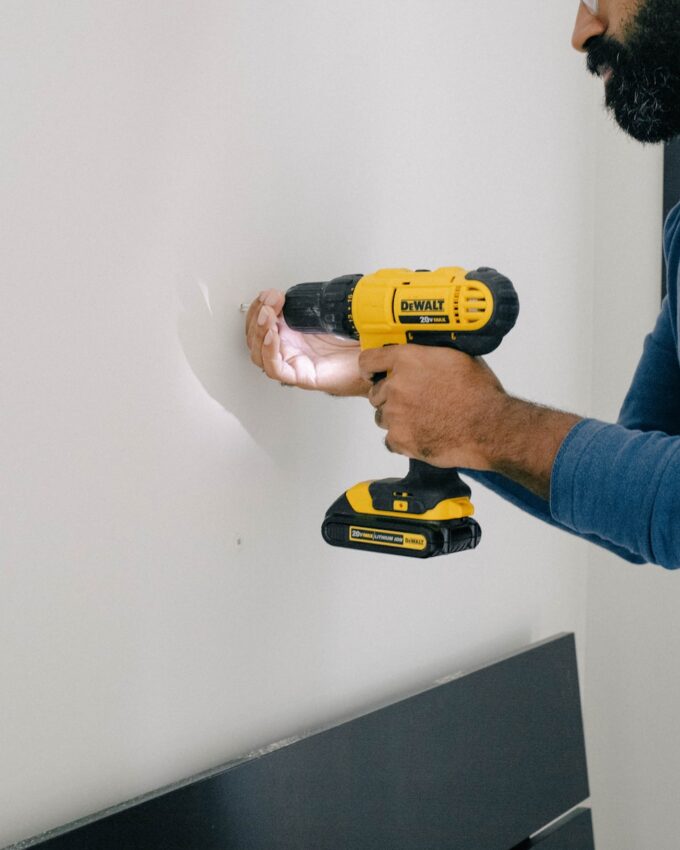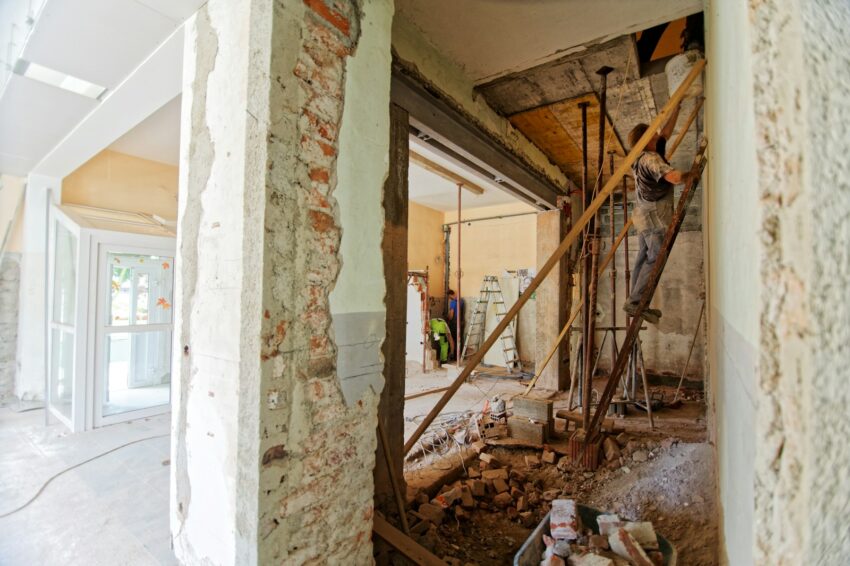Renovating your home can be a smart way to improve functionality and boost long-term property value. With renovation spending in the U.S. expected to grow to $477 billion by the third quarter of 2025, deciding which areas of your home to tackle first requires a balance between personal needs and return on investment. Here’s a data-informed approach to help you prioritize effectively.

Start Where You Spend the Most Time
Areas that see frequent use and contribute to daily life should be prioritized. Kitchens and bathrooms are typically the top choices for homeowners because of their central roles in the home and their resale value impact. Kitchen renovations, for example, offer an ROI of up to 92% depending on the scale of updates and geographic location. For bathrooms, upgrades that focus on accessibility and functionality are becoming more popular, especially among aging homeowners.
The living room and bedrooms also matter, particularly in how they support personal comfort. Renovating these spaces with updated flooring, paint, or built-in storage can enhance practicality while aligning with your lifestyle.

The Practical Appeal of High-Traffic Spaces
Rooms that handle the most activity in your home often deserve attention first. Kitchens, for example, are a hub for cooking, conversation, and daily routines. Upgrades in appliances, countertops, and layouts improve usability and sustain their heavy use. Bathrooms, which see constant wear, benefit from functional improvements like better storage or updated fixtures.
These spaces also link directly to the value of your home, as they often feature prominently in buyer decisions. Improvements here not only serve practical needs but also align with market preferences, making them dual-purpose investments for your living comfort and property appeal.
Focus on ROI-Driven Projects
When working with a limited budget, focusing on renovations that yield the highest ROI offers the most financial advantage. According to national data, projects like garage door replacement (100.0% ROI) and entry door upgrades (100.9% ROI) recover their full cost in addition to increasing home appeal. Vinyl siding replacement (94.7%) and minor kitchen remodels (85.7%) also offer strong returns.
On the other end of the spectrum, projects like major kitchen remodels (41.8% ROI) and finished basements (22.7% ROI) tend to yield lower financial benefits, making them more suitable for long-term homeowners looking to tailor their homes to personal preferences rather than immediate resale potential.
Budget and Demographic Trends
The median spend for home renovations reached $24,000 in 2023, driven by rising material costs and increased interest in interior upgrades. Kitchens remain the largest investment category, with a median spend of $24,000 per project. Bathrooms, averaging $15,000 in median spending, show strong growth as well.
Demographic trends also play a role in renovation priorities. Younger homeowners under 34 tend to favor less labor-intensive, DIY-friendly projects, while older occupants are making accessibility upgrades to “age in place,” focusing on safety features like grab bars and walk-in showers.
Consider Market Trends and Long-Term Goals
With 61% of Americans preferring to renovate instead of moving, renovation activity shows no signs of slowing, especially as high interest rates make relocation less practical for many households. Luxury upgrades like high-end kitchens and spa-style bathrooms remain popular, but the ongoing rise of smart home technology and environmentally friendly solutions is shaping renovation decision-making.
For homeowners unsure of where to begin, prioritizing high-impact projects that combine day-to-day usability with ROI potential is often the most pragmatic choice. Kitchens, bathrooms, and exterior projects are excellent candidates to deliver both personal value and measurable financial returns.
